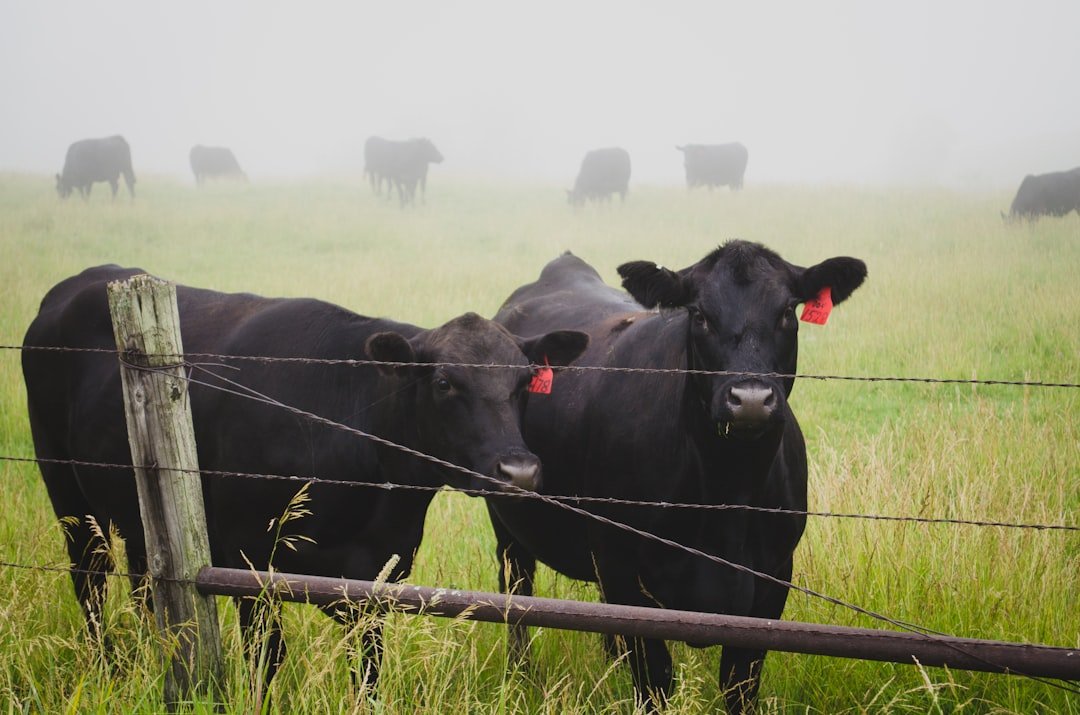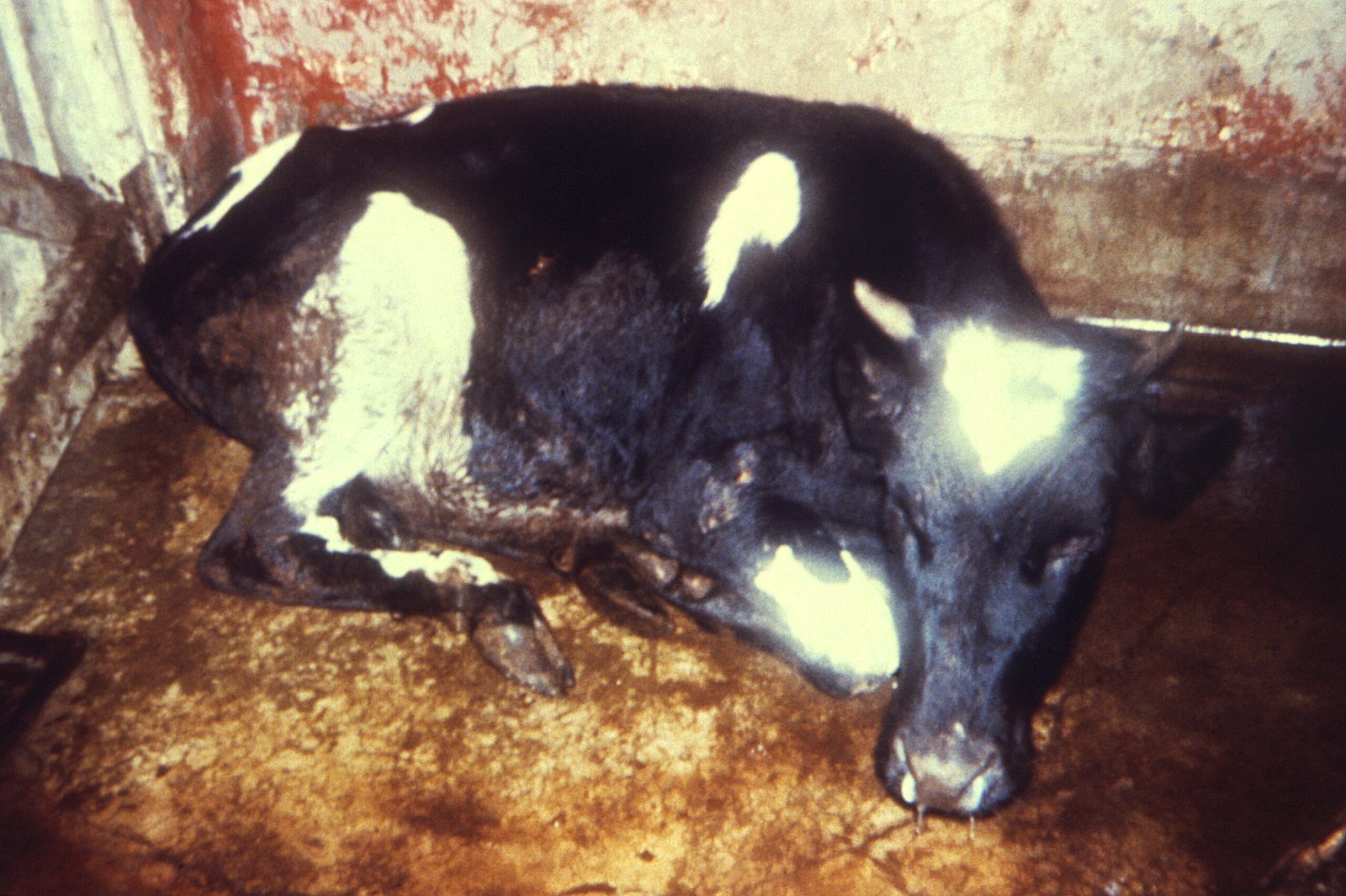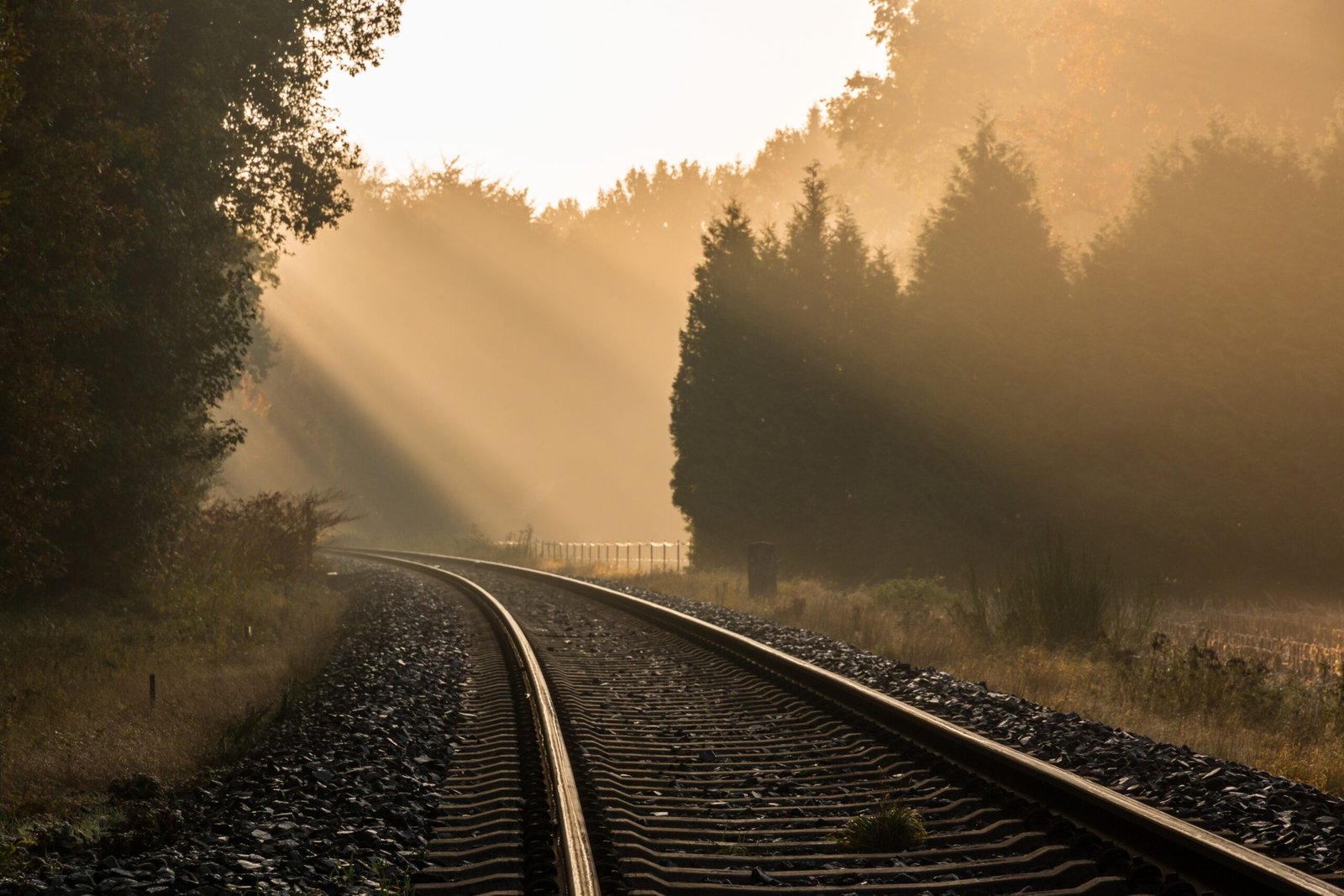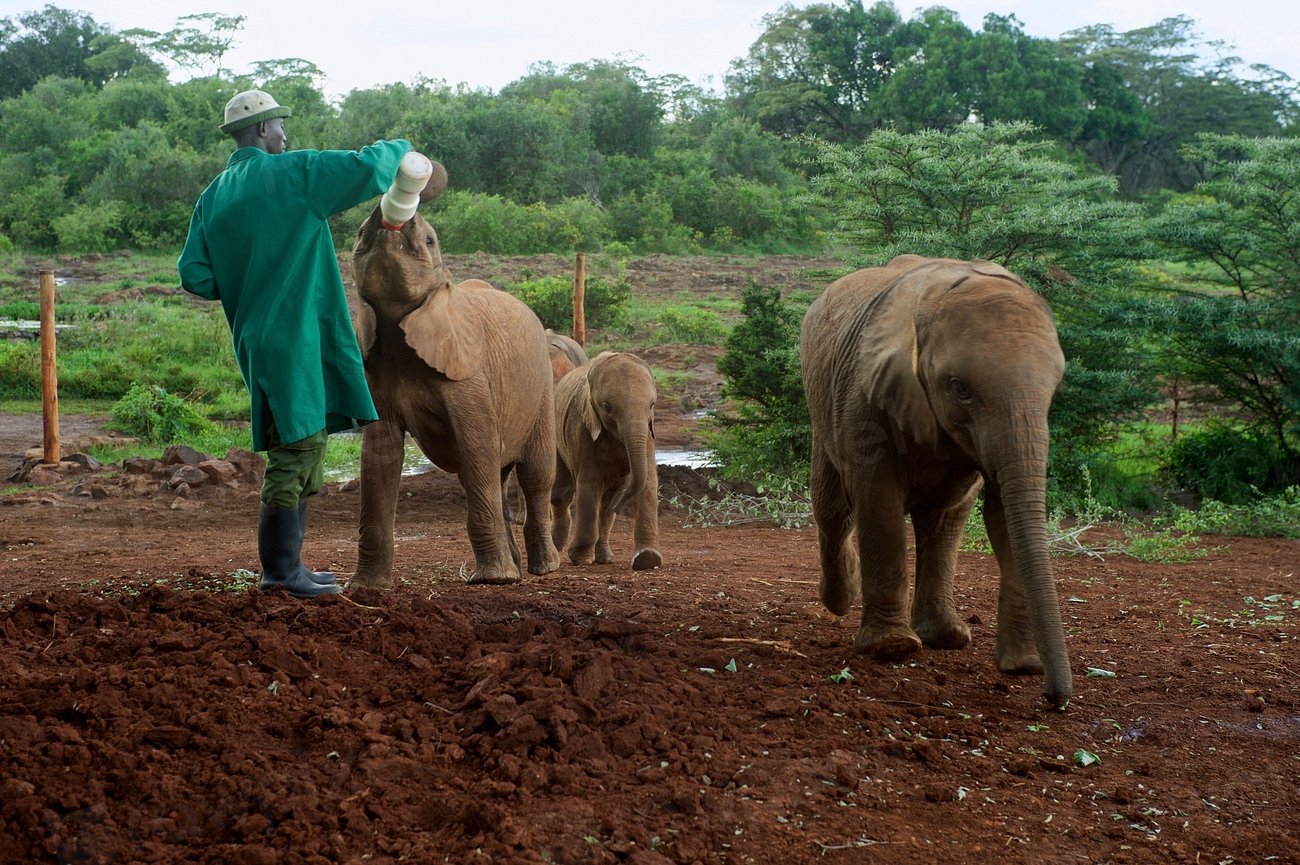The decline of wildlife is a poignant tale that threads through history, entwining with human progress and the relentless march of time. As we unravel the narrative of Rinderpest, railroads, and rhinos, we uncover a complex tapestry of events that have shaped the world as we know it. These seemingly disparate elements are more interconnected than one might imagine, forming a story that speaks volumes about the delicate balance of ecosystems and the impact of human endeavors.
The Silent Killer: Understanding Rinderpest

Rinderpest, often referred to as cattle plague, was a viral disease that wreaked havoc on livestock populations. Originating in Asia, it spread across continents, leaving a trail of devastation in its wake. The disease was characterized by fever, diarrhea, and high mortality rates, particularly among cattle. Its impact was catastrophic, not only for agriculture but also for wildlife that shared the same grazing lands. The virus did not discriminate, affecting everything from buffalo to wildebeest.
The eradication of rinderpest is a testament to human ingenuity and perseverance. Through coordinated global efforts, the disease was declared eradicated in 2011, marking a significant victory for veterinary science. However, the aftermath of rinderpest left indelible scars on ecosystems, altering the balance of predator-prey relationships and influencing the behavior of surviving species.
The Iron Tracks: Railroads and Their Effects

The advent of railroads revolutionized transportation, connecting distant lands and facilitating trade. However, this progress came at a cost to wildlife. Railroads carved through pristine habitats, fragmenting ecosystems and disrupting migration patterns. The physical presence of tracks and the noise of trains created barriers that many species could not overcome.
Animals such as elephants and deer, known for their migratory behavior, found their paths obstructed. This forced them to alter their routes, often leading them into human settlements where conflicts arose. The construction of railways also opened up previously inaccessible areas to poachers, exacerbating the threat to wildlife. While railroads were a symbol of human advancement, they inadvertently contributed to the decline of numerous species.
Rhinos in Peril: A Symbol of Conservation Challenges
Rhinos, majestic creatures with prehistoric roots, have become emblematic of the conservation struggle. Poaching for their horns, driven by illegal wildlife trade, has pushed them to the brink of extinction. The demand is fueled by misconceptions about the medicinal properties of rhino horn, despite scientific evidence to the contrary.
Efforts to protect rhinos have seen mixed results. Anti-poaching initiatives, habitat preservation, and breeding programs have been implemented, yet challenges persist. Rhinos face habitat loss due to expanding human settlements and agricultural activities, further threatening their survival. The plight of rhinos serves as a stark reminder of the urgent need for global cooperation in conservation efforts.
Interconnected Ecosystems: The Ripple Effect

The decline of one species can have a cascading effect on entire ecosystems. This is evident in the aftermath of rinderpest, where the reduction in herbivore populations led to changes in vegetation patterns and predator dynamics. Similarly, the fragmentation of habitats by railroads altered the flow of nutrients and water, impacting plant and animal communities.
The loss of rhinos, key grazers in their habitats, can lead to overgrowth of certain plant species, affecting the availability of resources for other animals. These interconnected relationships highlight the complexity of ecosystems and the importance of maintaining biodiversity. Each species plays a unique role, contributing to the overall health and stability of the environment.
Lessons from History: Human Impact on Wildlife
The stories of rinderpest, railroads, and rhinos illustrate the profound impact of human activities on wildlife. While progress and development are essential, they must be balanced with consideration for the natural world. History has shown that unchecked exploitation can lead to irreversible damage, threatening the very foundation of ecosystems.
Understanding the consequences of past actions can guide future decisions. Conservation efforts must be informed by scientific research and local knowledge, ensuring that solutions are sustainable and culturally appropriate. The lessons learned from history remind us of our responsibility to protect the planet for future generations.
Conservation Success Stories: Hope for the Future

Despite the challenges, there are success stories that inspire hope. The eradication of rinderpest is a prime example of what can be achieved through global cooperation and scientific advancement. Similarly, the establishment of wildlife corridors and protected areas has proven effective in mitigating the impact of railroads on wildlife.
Community-led conservation initiatives have also shown promise, empowering local populations to take an active role in protecting their natural heritage. These efforts demonstrate the potential for positive change when people come together with a shared vision for a sustainable future. While the road ahead is fraught with obstacles, these successes offer a glimmer of hope for wildlife conservation.
The Role of Education: Raising Awareness

Education plays a crucial role in wildlife conservation. Raising awareness about the importance of biodiversity and the threats facing wildlife can inspire action and foster a sense of stewardship. Educational programs in schools, community workshops, and media campaigns can reach diverse audiences, promoting a culture of conservation.
Engaging young people is particularly important, as they are the future leaders and decision-makers. By instilling a love for nature and an understanding of ecological principles, we can cultivate a generation that values and protects the natural world. Education is a powerful tool that can drive meaningful change and support conservation efforts.
Innovative Solutions: Technology in Conservation
Technology is transforming conservation efforts, offering innovative solutions to age-old problems. Drones and satellite imagery are used to monitor wildlife populations and track habitat changes, providing valuable data for conservation planning. Anti-poaching technologies, such as motion sensors and GPS tracking, help protect endangered species from illegal hunting.
Citizen science initiatives, where volunteers contribute to data collection, have expanded research capabilities and engaged the public in conservation. These technological advancements enhance our ability to understand and protect wildlife, offering new avenues for collaboration and problem-solving. As technology continues to evolve, its potential to support conservation efforts is boundless.
A Call to Action: Joining the Conservation Movement

The decline of wildlife is a global issue that requires a collective response. Individuals, communities, governments, and organizations all have a role to play in conservation. Simple actions, such as supporting sustainable products, reducing waste, and advocating for policy change, can make a difference.
Volunteering with conservation groups, participating in citizen science projects, and educating others about the importance of biodiversity are ways to contribute to the movement. By joining forces, we can amplify our impact and work towards a future where wildlife thrives. The story of rinderpest, railroads, and rhinos is a reminder of the interconnectedness of all life on Earth and the power of human action to shape the world for the better.




